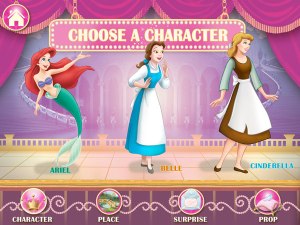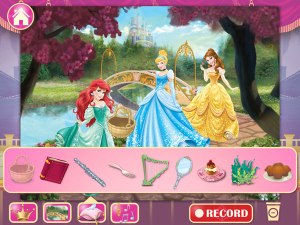Yes! You did not read it wrongly… The revolution of technology is just so incredible!
I just came across this article about a Self-Driving Car Prototype from my Facebook timeline that was unveiled by Google not long ago. According to the article, Google had been working on a project about ‘Self-Driving Car Prototype’ that operates without a steering wheel or pedals. Yes! A car that operates without steering wheels and pedals!
How does the car look like?
According to the Google spokesperson, “the vehicles will be very basic — we want to learn from them and adapt them as quickly as possible — but they will take you where you want to go at the push of a button. And that’s an important step toward improving road safety and transforming mobility for millions of people”.
(Adapted from: Google Official Blog – Just press go: designing a self-driving vehicle by Urmson (2014)
Here is a video that could explain further about how the car actually works! Have a look!
Reference:
Google Self-Driving Car Project. (2014). A first drive. Retrieved May 30, 2014, from http://youtu.be/CqSDWoAhvLU
Urmson, C. (2014). Just press go: designing a self-driving vehicle. Retrieved May 30, 2014, from http://googleblog.blogspot.com/2014/05/just-press-go-designing-self-driving.html

